“Can you suggest places to visit in Jaipur on Saturday?” it was my friend from Gujarat on the other side of a telephone conversation. He was on a vacation in Jaipur during Navratra. I suggested Amer Fort, Jagat Shiromani Temple, Panna Meena Kund, and Anokhi Museum of Printing in Amer Town. “It will be great if you can join me,” he added. I affirmed my presence for a visit to the Anokhi Museum and for exploring Havelis and temples in Amer. He later told me, he had never heard of this museum and ended up searching for Anokhi Museum in Jaipur on Wikipedia and Google.
Anokhi Museum In Jaipur – The Complete Guide
I have been contemplating a visit to the Anokhi Museum in Jaipur for the last four years and this seemed the most opportune moment. Considering the festive season and the traffic situation in the walled city, a drive to Amer would easily translate into 45 minutes. I chose a bike ride over the car to reach Anokhi Jaipur’s museum in Amer.
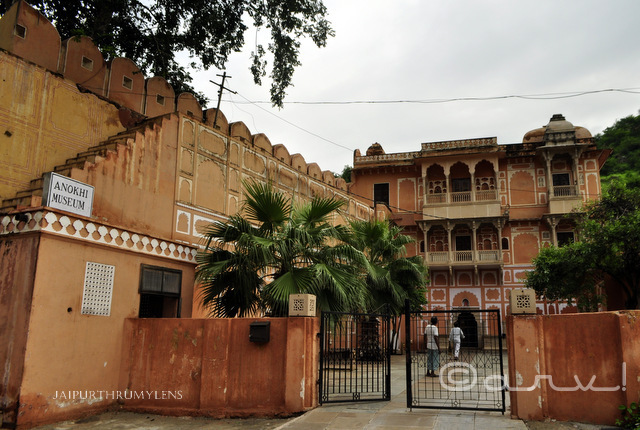
I have never been to Amer on a bike since I gave up riding many years ago. A ride through Kanak Ghati in the post-monsoon season seemed like an excellent idea.
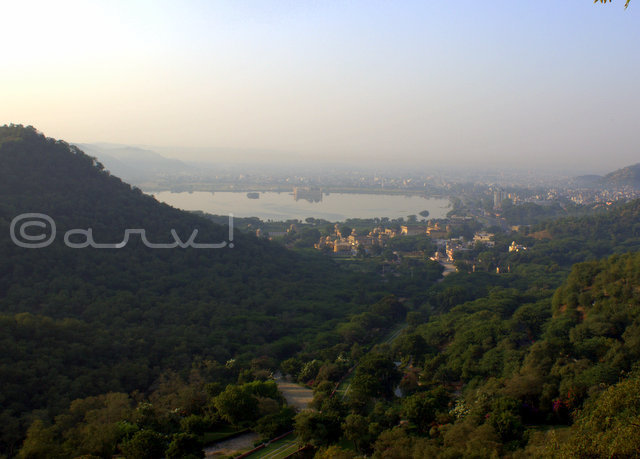
Anokhi Museum seemed familiar yet a novel experience. Over the last few years, I have seen this mansion so many times during my explorations and hiking trips in Jaipur which led me to Amer. The opportunity to explore the museum, however, never took shape.
What is Anokhi Museum All About?
Anokhi Museum represents an attempt to curate the history, process, and techniques of the traditional local craft of hand block printing. Jaipur is closely associated with hand block printing; the city has been one of the leading hubs of this heritage craft. Anokhi Museum of Hand Printing was established to curate, educate and preserve this unique craft of hand block printing.
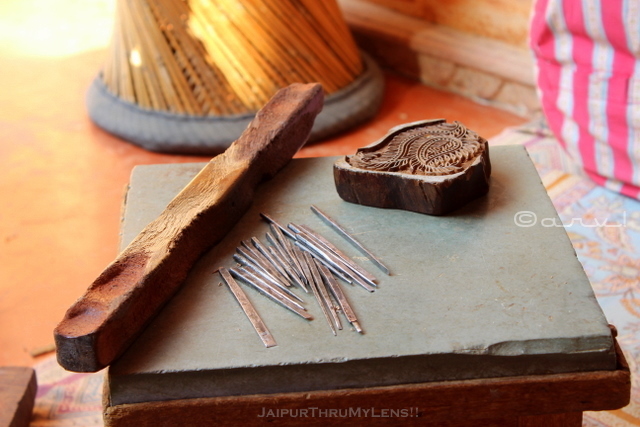
India was at the forefront when it came to the making of dyed & printed textiles for centuries. Block printing and the Tie-Dye method of printing were the first hand-printing techniques in India. Each region in India developed its own process and method of hand-printing fabric. The variations were due to the raw material used, processes, climatic conditions, quality of water, and so on. Some of these are better known as Sanganeri, Bagru, Dhabu, Ajrakh, Kalamkari, Leheriya, and Bagh.
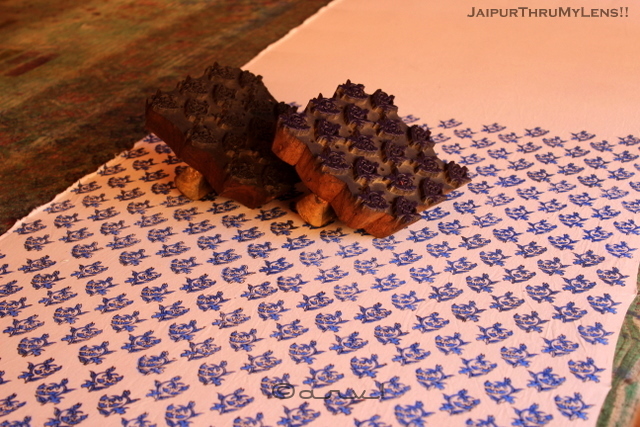
Everything about the brand Anokhi Jaipur?
The word Anokhi is taken from the Hindi language which means unique. Anokhi is a Jaipur-based brand with operations spanning multiple countries. It specializes in hand-block printed fabrics and garments with both Indian and Western styles.
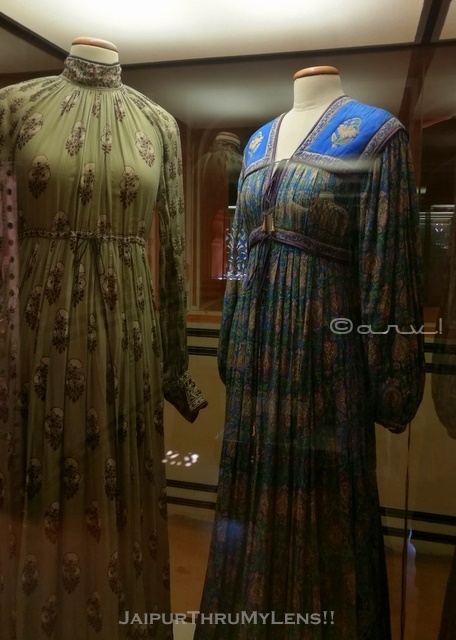
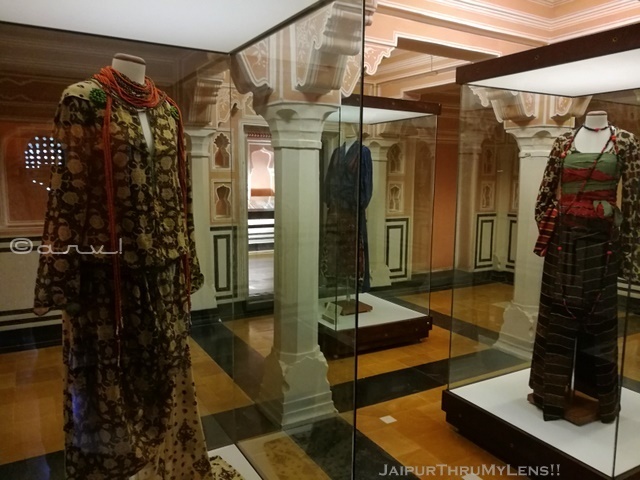
Anokhi Brand & Museum History
The museum building is the 16th-century Haveli or mansion known as Chanwar Palkiwalon Ki Haveli. Not much information is available about the former occupants of this building. It is one of the prominent Havelis of Amer and is situated near the Kheri Gate. Kheri Gate is one of the gates of the wall of Amer which provided security to the occupants of this medieval town.
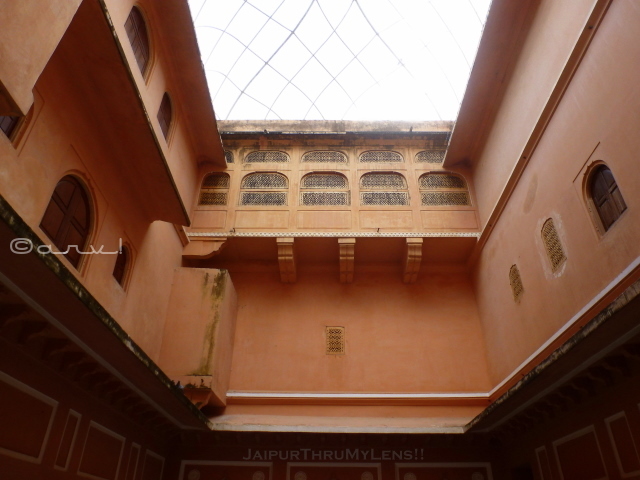
The Haveli was purchased by the founder of Anokhi, Mr. John Singh during the 1970s in a dilapidated condition. It wasn’t until the late 80s that the idea of the museum took shape. The Haveli was painstakingly restored over an extensive period of time. The local artisans were provided full liberty for the restoration process rather than relying on an architect’s plan.

It is apparent it took a lot of effort to restore this building to its current position. A special mention needs to be made that the restoration process was undertaken using traditional building materials and processes and it took four years to restore the building. In the year 2000, the Anokhi Museum Haveli won the UNESCO Award for cultural conservation.
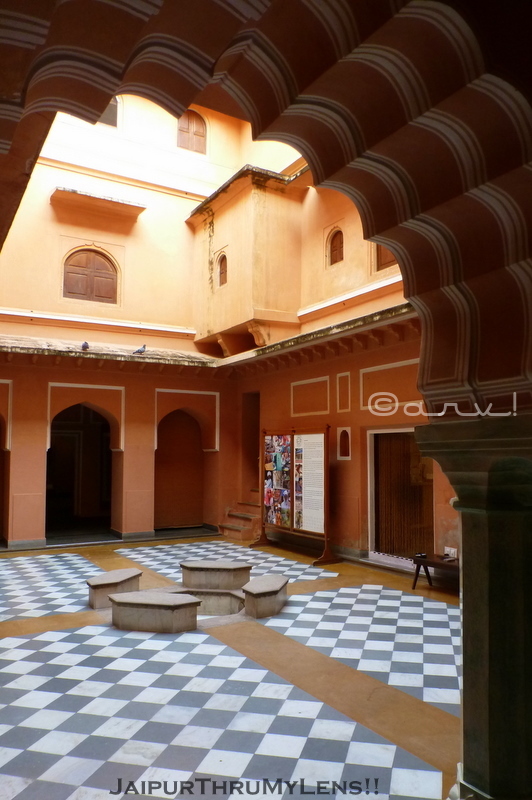
The Experience
After buying tickets for the Anokhi Museum entrance, we walked into a Chowk, an open courtyard. A Chowk is an essential feature of Havelis in Rajasthan. A section containing before and after restoration pictures can be found in the chowk along with other relevant information.
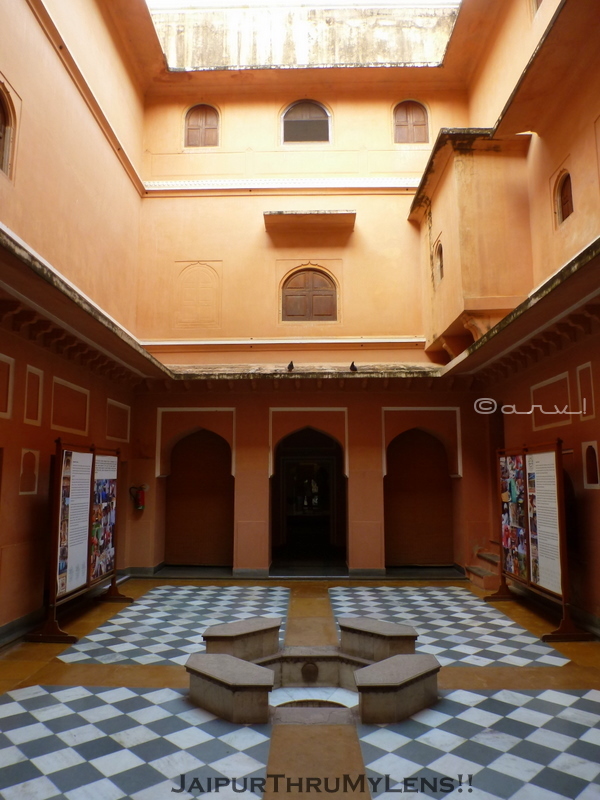
On the ground floor is a gallery dedicated to Jajam and a small Anokhi shop. Apart from these two, one can find information on the restoration of the Haveli and the history of block printing in India,
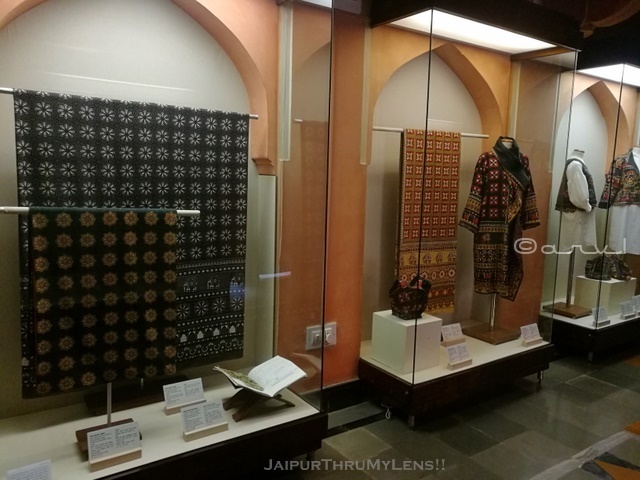
What meaning of Jajam?
Jajam is a traditional durry or a thin carpet used by locals for seating on the floor. The concept of Jajam has vanished from urban areas with the advent of Western seating systems. It does exist in some rural hinterlands. I witnessed the use of Jajam during my childhood years. Jajam is made from thick fabric. Anokhi collaborated with artists to revive the forgotten art of Jajam making. The designs of Jajam are inspired by architecture, animals and birds, and traditional motifs.

Once done with the Jajam section, we used the staircase to reach the galleries on the first floor. Typical with the ancient Havelies of the Dhundhar region, the staircase is steep with a small tread and high riser.
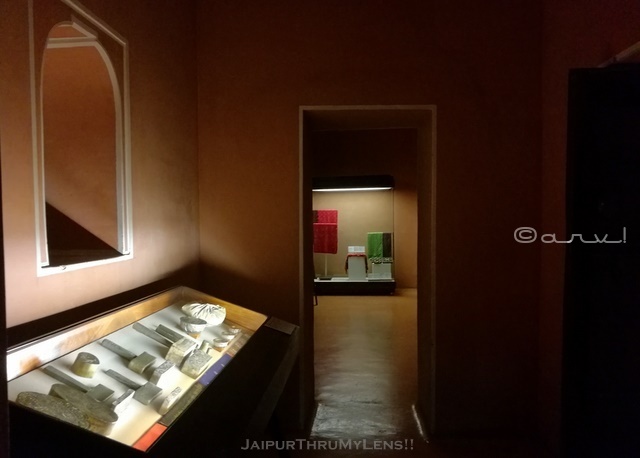
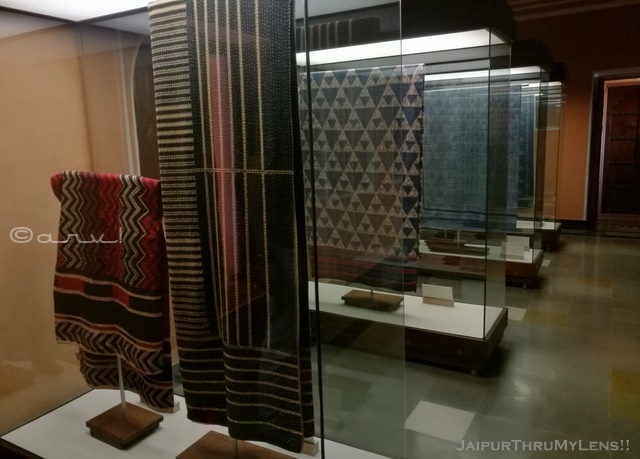
The museum is a goldmine with extensive information on block printing processes, and features of block printing of each region like Sanganer, Bagru, Ajrakh, and Bagh. One of the galleries contain tools used in the block printing process.
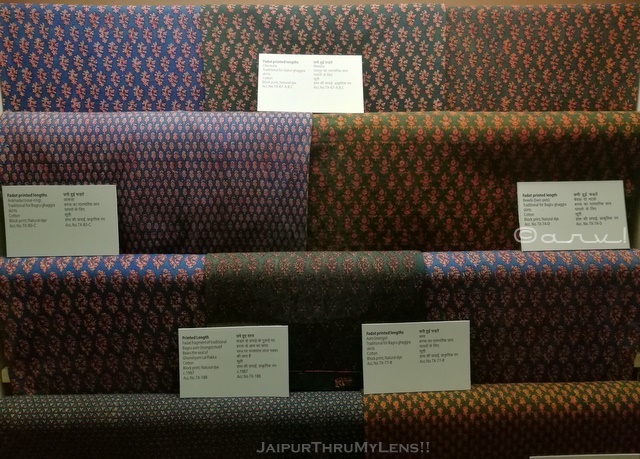
Featured in the previous picture are hand-block printed fabrics from Bagru in Jaipur while the one below has Bagh prints of Madhya Pradesh.
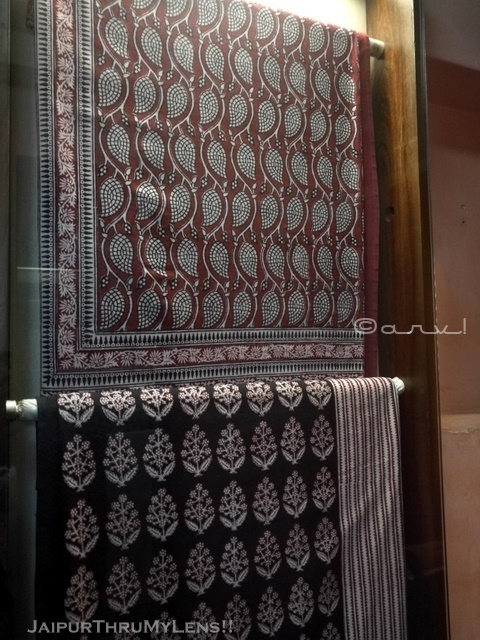
Ajrakh is a traditional block printing technique from the Gujarat-Sindh and Barmer regions.
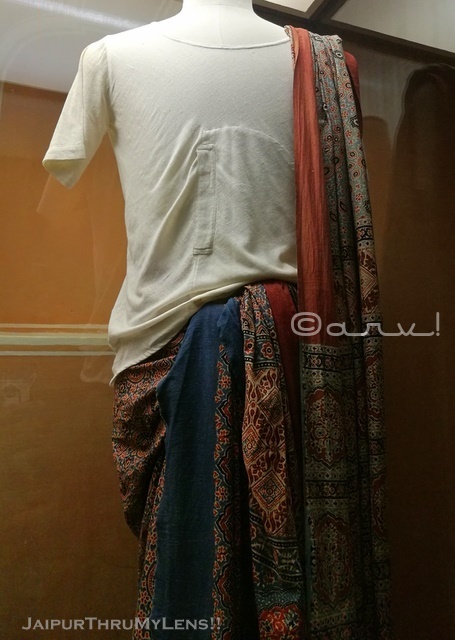
While I have witnessed the block printing process in some of the factories in Sanganer and Bagru, there was something in the museum that captured my attention. The information on the use of gold in block printing is exclusive to royalty and the affluent business community. The museum displays the tools and processes used for this craft.
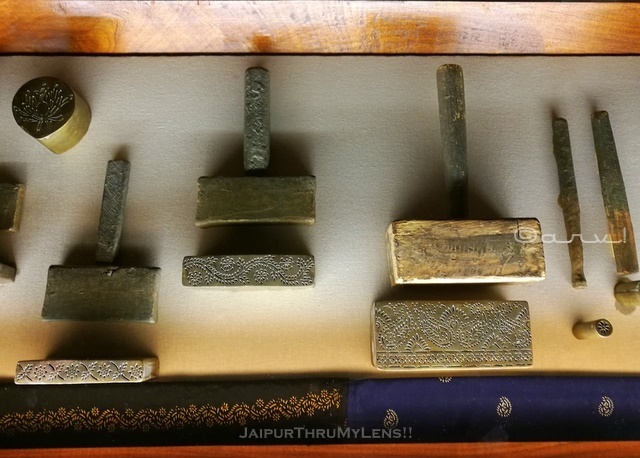
We moved from one gallery to another uncovering the information related to block printing. It is interesting how well the space inside an old Haveli has been utilized for the museum. The rooms are unsymmetrical and some areas are pretty narrow.
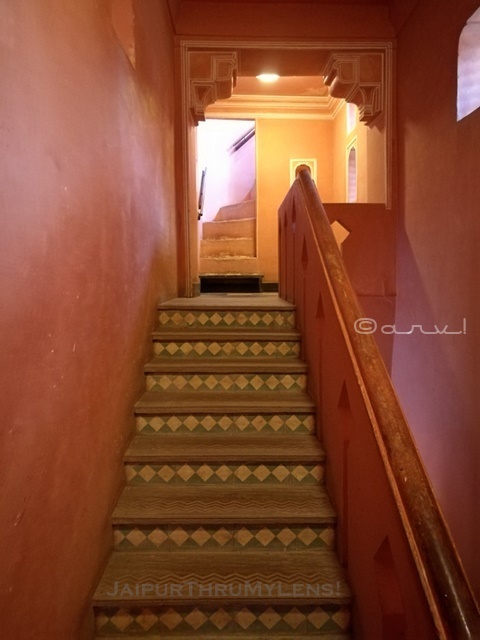
Once done with galleries the route steered us to the terrace where an artist creates blocks used in the printing process. In a way, this is a foundation for the Indian block printing process. A significant thing to note is a block with a delicate and intricate design is not every artisan’s cup of tea.
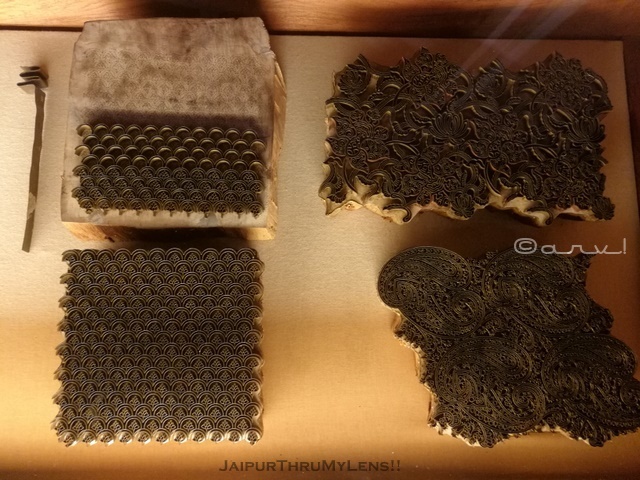
Anokhi Museum Workshop
The two floors of the Anokhi Museum were devoid of human interaction. But here we were sitting in the Anokhi Museum workshop in conversation with Mr. Salim who has spent close to 35 years working in this industry, largely for Anokhi.
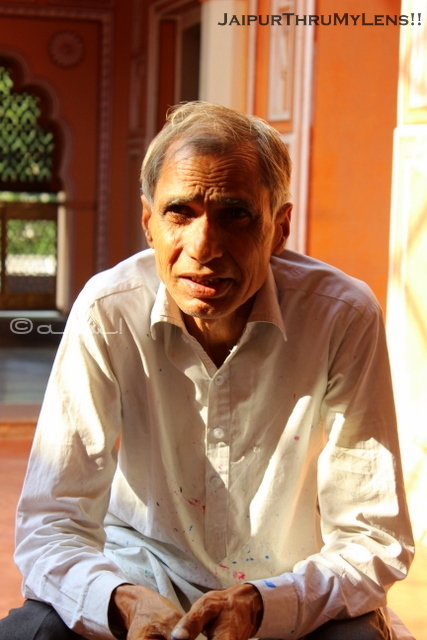
He shared with us the interesting life experiences of the founder of Anokhi Jaipur, Mr. John Singh, and the philosophies which contributed to the growth of the organization and its people. It revived the traditional art of hand block printing with a new perspective; developed a market for block-printed garments internationally by introducing contemporary prints. It constantly encourages artisans to innovate and improve the standards of workmanship. The respect for the founder and management of Anokhi India among its people is evident. We took a tour of the block printing section in Anokhi Museum workshop.
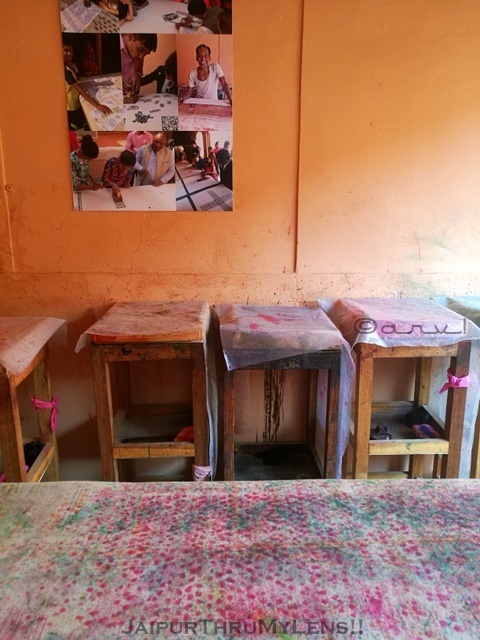
Anokhi Museum Shop
The tour of the Anokhi Museum ended here and we were back in the courtyard on the ground floor exploring the Anokhi Museum shop.
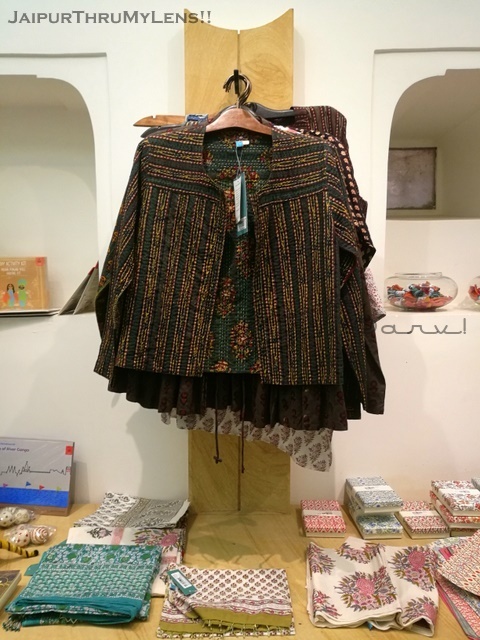
Anokhi Museum Shop is no match for the variety and size of the Anokhi Store in C-Scheme Jaipur but they have many interesting things to see and buy. I highly recommend securing Anokhi Publication’s books on block printing. These are well-researched, precise, and one of the most reliable books I have found on Indian block printing. I especially appreciate the compact size and inclusion of fabric swatches for better understanding. A must-buy for people who love textiles and block printing.
Why should one visit the Anokhi museum in Jaipur?
I recommend the Anokhi Museum for art, craft, history, and heritage lovers. People who appreciate choicer things in life will find it an enriching experience. The galleries in the museum highlight the range and complexity of this craft. It showcases a variety of hand-printed fabrics, some of which have vanished completely along with the ones in use currently. The museum has a collection that includes clothes and home furnishings. In a gallery spanning two floors, the exhibit includes traditional and Western garments along with tools that help make them. Where else can you get a more thorough understanding of the history and techniques of traditional Indian block printing craft? Like the Calico Museum of Textile in Ahmedabad, Anokhi Museum is one of its kind in the World.
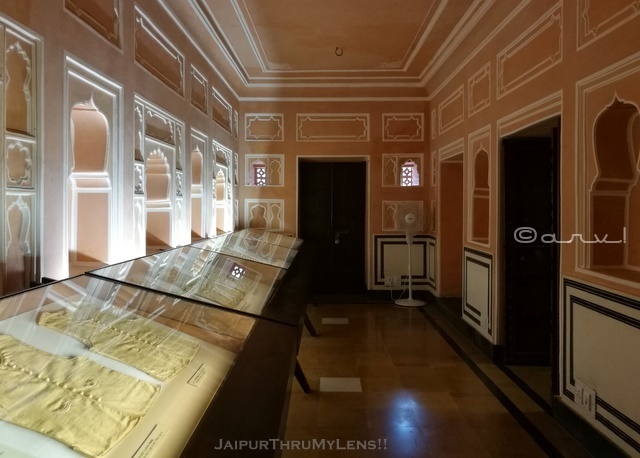
The visit to the Anokhi Museum was an incredible experience. In the hindsight, a not to miss section in the museum is a step-by-step process of the block printing process. The journey of grey cotton cloth from various processes to the finished product is noteworthy. Unless one is undertaking a block printing workshop in Jaipur, it will be challenging to experience this transition anywhere else.
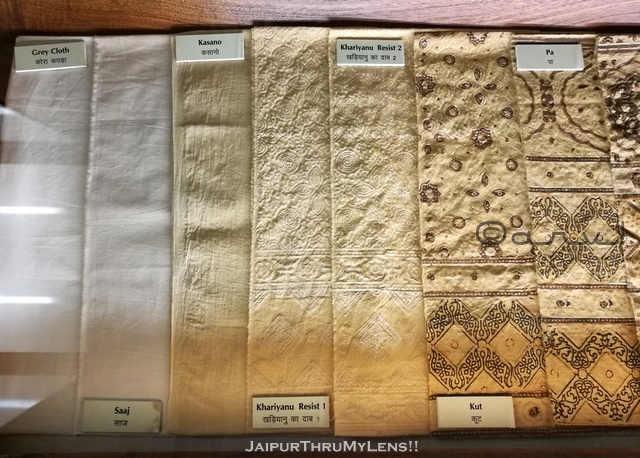
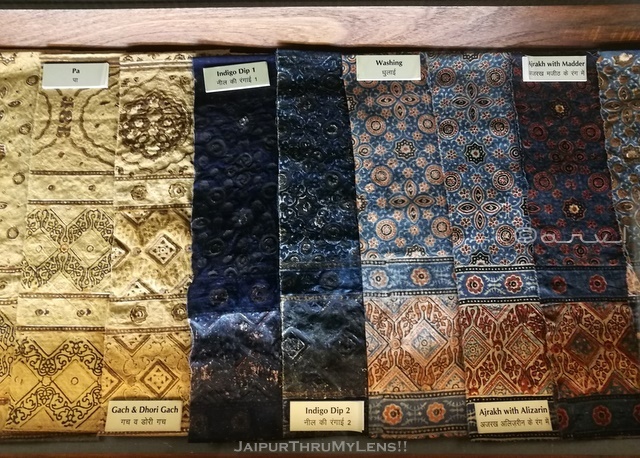
There were many magnificent Havelis in Amer most of which were lost over a period of time. Some do exist, but only one or two Havelis have been restored. The rest of the surviving ones are suffering a slow death. Anokhi Museum sets a remarkable example of how we can save these Havelis and discover ways to connect it with people.
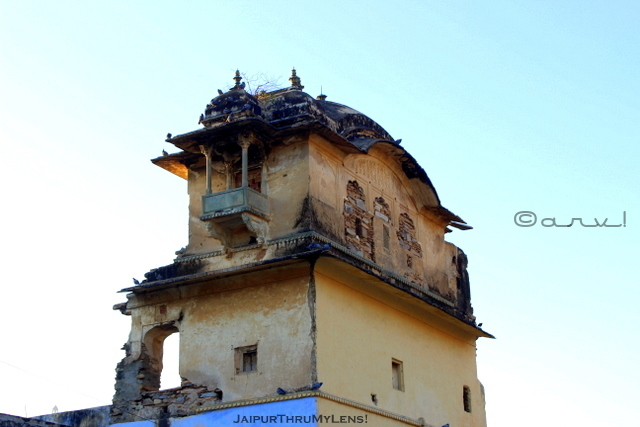
History of Block Printing in India and Sanganer
Experts opine most block printers in Rajasthan and Madhya Pradesh emigrated from Gujarat. Political situations forced them to relocate. A significant number of block printers shifted to Rajasthan.

There are many different theories pertaining to the history of block printing in Jaipur. This region emerged as a key center for block printing between the 16th and 18th centuries; the presence of flowing water of the Dravyawati river in Sanganer and plenty of sunshine seems to be the primary reason for its development and growth as a major block printing hub. In addition, Jaipur a trading town founded in 1727 AD with a strategic location helped grow block printing immensely. Block printers belong to the Chhipa community.
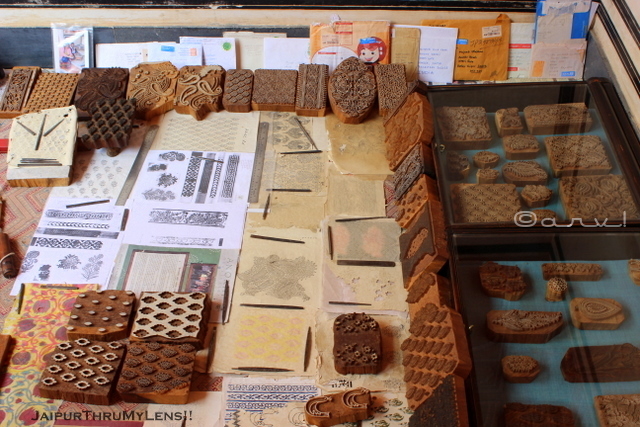
Apart from Sanganer, Bagru is another important block printing center in Jaipur. There are technical differences between Bagru and Sanganer block printing processes and techniques. More on that in a detailed follow-up post on block printing.
Have you been to Anokhi or any other outlet selling traditional handcrafted products? Do you like hand-block printed fabric and garments? What are your views on heritage and traditional crafts?
Entrance Fee
The Anokhi Museum entrance fee is Rs 80 per person. This fee is valid for foreigners too.
Timing
Anokhi Museum is closed on Mondays.
For the rest of the days, the timing is as below:
Tuesday – Saturday:10:30am – 5:00pm
Sunday: 11:00am – 4:30pm
Please note Anokhi Museum is closed during the summer season from mid-May to mid-July for maintenance. You check for exact information on their website or by calling up the museum.
Follow Jaipurthrumylens Facebook Twitter Instagram

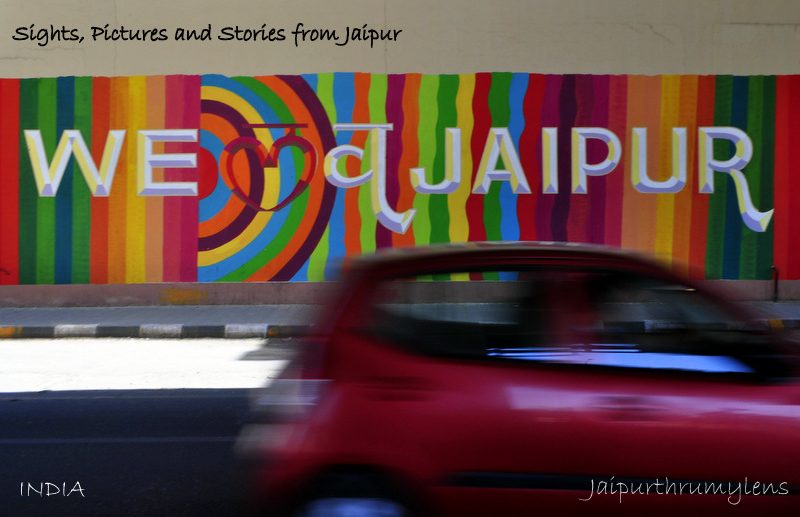
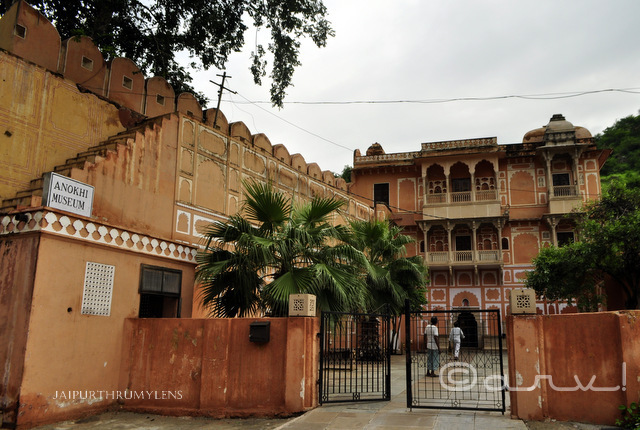
60 thoughts on “The Anokhi Museum Jaipur | Truly Anokhi?”